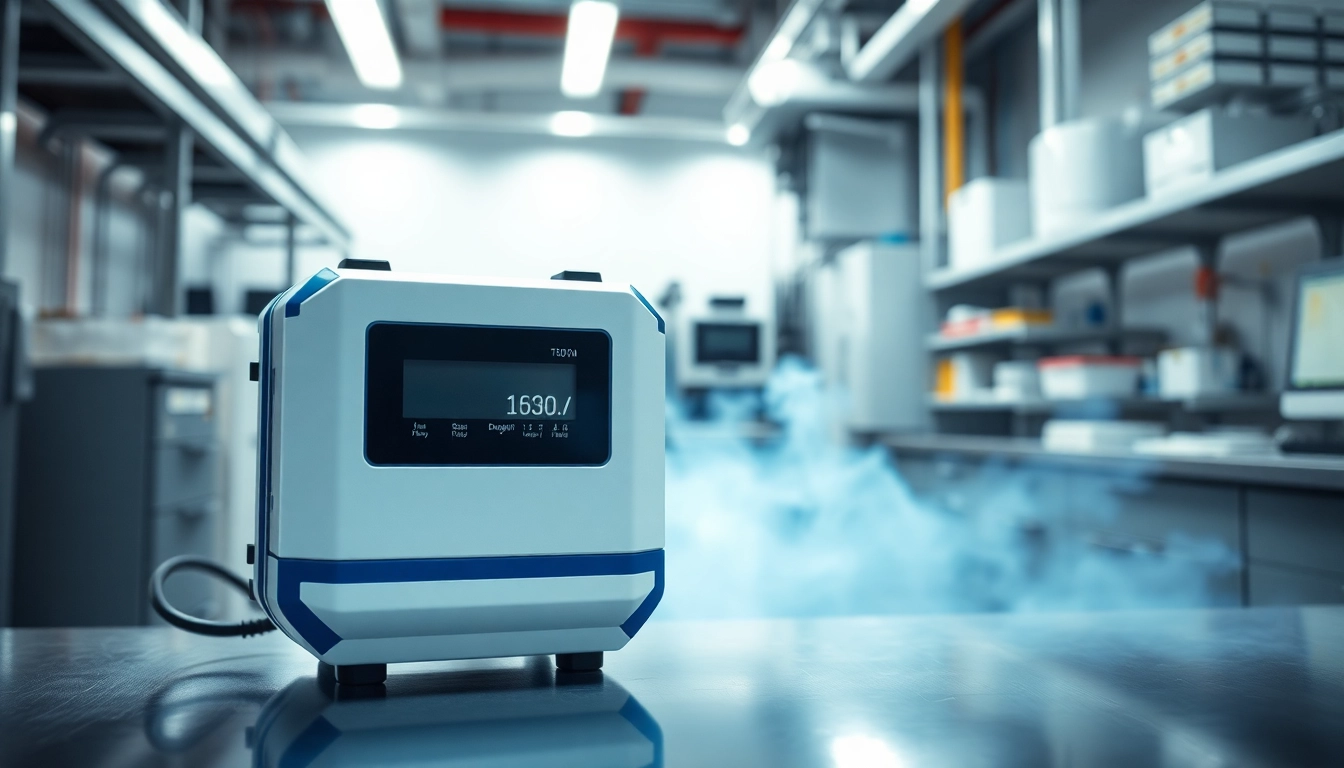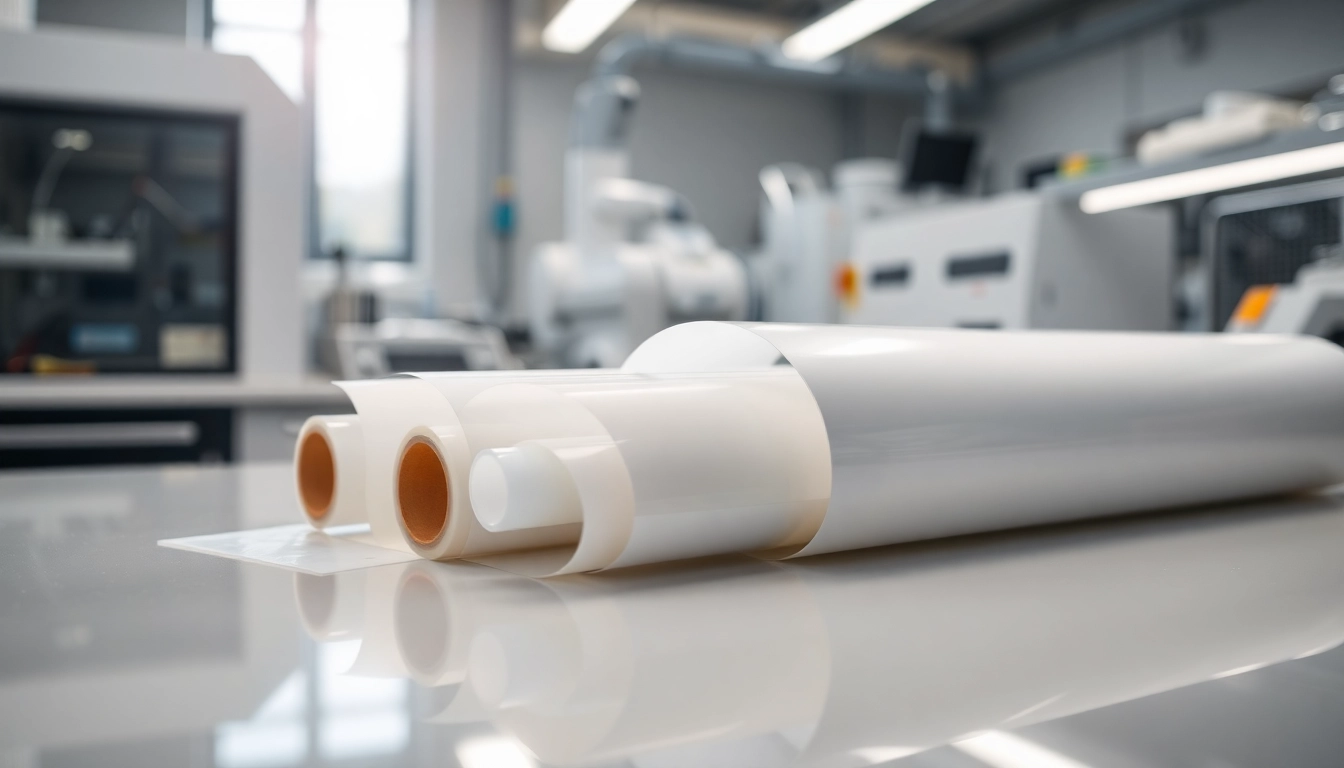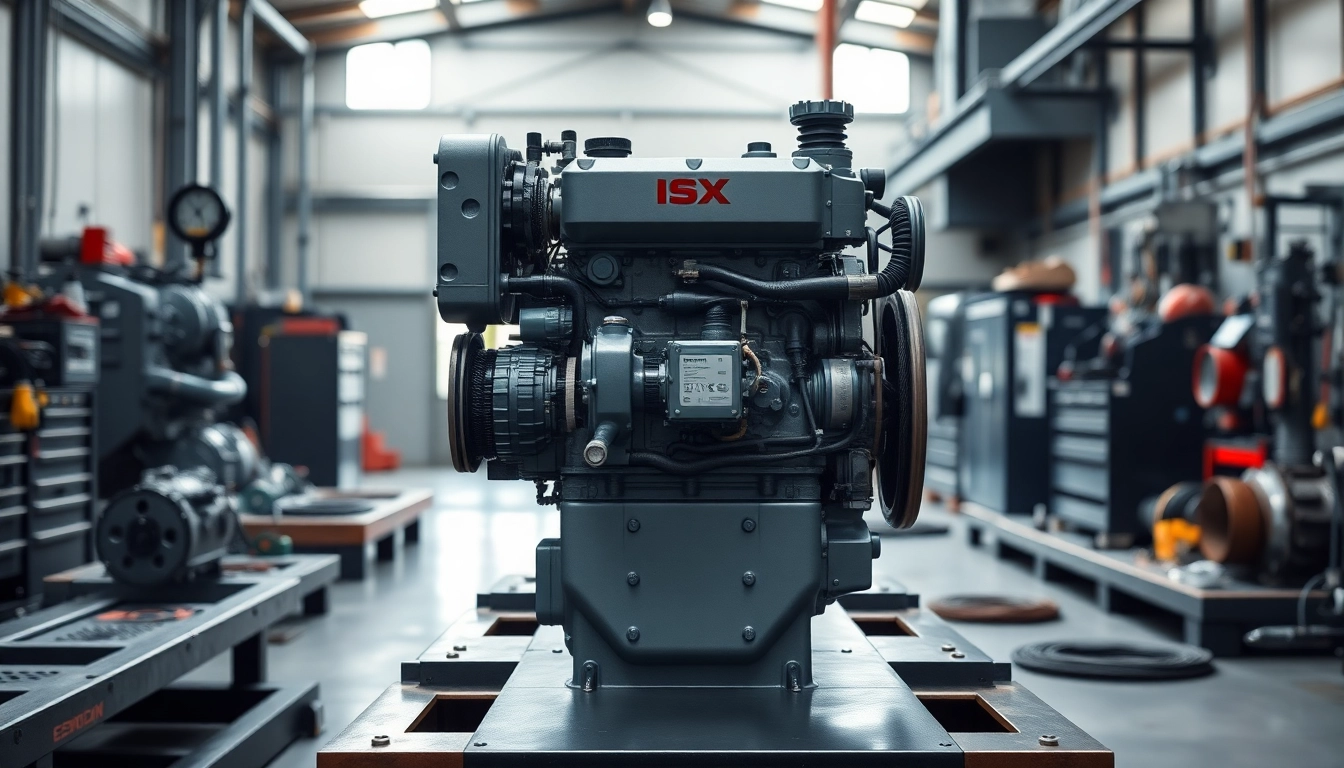Understanding Hydrogen Detection and Its Importance
Hydrogen detection plays a crucial role in ensuring safety within environments where hydrogen gas is present. Hydrogen, a colorless, odorless gas, is often used in various industries, including petrochemicals, electronics, and food production. Because of its highly flammable nature, it is vital to implement effective detection systems to maintain safe operational conditions. The importance of hydrogen detection cannot be overstated, as it helps prevent accidents, injuries, and property damage caused by hydrogen leaks.
What Is Hydrogen Detection?
Hydrogen detection refers to the various technologies and methods used to identify the presence and concentration of hydrogen gas in a given environment. Hydrogen sensors and detectors are designed to monitor the atmosphere and alert personnel when hydrogen levels exceed a predetermined threshold. These devices typically utilize specific principles of chemistry and physics to provide accurate readings quickly, which is essential in industrial settings where exposure to hydrogen can pose serious safety risks.
Why Accurate Hydrogen Detection Matters?
Accurate hydrogen detection is critical for several reasons:
- Safety: Given hydrogen’s potential explosiveness when mixed with air, accurate detection ensures that safety protocols are followed, preventing catastrophic incidents.
- Compliance: Many industries must adhere to strict safety regulations and guidelines governing the storage, use, and monitoring of flammable gases. Proper detection systems help firms remain in compliance, thus avoiding penalties.
- Operational Efficiency: Remaining aware of hydrogen levels allows for better management of leaks, helping to avoid disruptions in production and potential downtime.
- Worker Protection: Employees working in environments with hydrogen gas need assurance that their health and safety are prioritized, particularly from harmful exposure to hazardous gases.
Common Applications of Hydrogen Detection Technology
Hydrogen detection technology finds application in various fields:
- Petrochemical Industry: Used extensively in refining processes, hydrogen detection ensures safety during extraction and processing.
- Fuel Cells: Hydrogen is a primary fuel source for fuel cells, making detection systems essential for monitoring leaks and optimizing performance.
- Electronics Manufacturing: In the production of semiconductors and other electronic components, hydrogen gas is involved, necessitating strict monitoring to maintain quality and avoid explosions.
- Research Laboratories: Hydrogen is often used in chemical experiments; detection systems are required to ensure laboratory safety.
Hydrogen Detection Technologies: Types and Innovations
Conventional Hydrogen Detection Methods
The primary conventional methods for hydrogen detection include:
- Catalytic Sensors: Utilize a catalyst to chemically react with hydrogen, producing heat that is measured to determine hydrogen concentration.
- Electrochemical Sensors: These sensors work by electrochemically oxidizing hydrogen and measuring the resulting current, offering high sensitivity and fast response times.
- Metal Oxide Semiconductor Sensors: Based on changes in electrical properties when exposed to hydrogen, these sensors are increasingly popular for their reliability and cost-effectiveness.
Emerging Technologies in Hydrogen Detection
As technology evolves, so do the methods for hydrogen detection. Emerging technologies include:
- Fiber Optic Sensors: Utilizing light transmission through optical fibers, these sensors detect hydrogen via changes in light properties.
- Nanomaterial Sensors: Research is exploring the use of nanomaterials to enhance sensitivity and selectivity toward hydrogen. These sensors show promise for applications in various industries.
- Wireless Detection Systems: Enhanced connectivity and wireless communication technologies facilitate real-time monitoring of hydrogen concentrations in hard-to-reach environments.
Choosing the Right Technology for Your Needs
Selecting the appropriate hydrogen detection technology depends on various factors:
- Application Environment: Different environments (industrial, laboratory, etc.) may require different types of sensors based on operational conditions.
- Response Time: The speed at which a detector responds to hydrogen levels is critical, particularly in settings with high-risk exposure.
- Maintenance Requirements: Some systems may require frequent maintenance and calibration, which may influence their overall usability in certain settings.
- Cost: Budget constraints may also dictate the selection of equipment; however, investing in quality systems often pays dividends in terms of safety and reliability.
Implementation Strategies for Effective Hydrogen Detection
Assessing Your Environment for Hydrogen Risks
Before implementing a hydrogen detection system, it is essential to assess the environment for potential hydrogen risks. This involves:
- Identifying Hydrogen Sources: Analyze processes and equipment that produce, store, or utilize hydrogen.
- Understanding Workplace Layout: Evaluate how hydrogen might disperse in the event of a leak and identify potential accumulation points.
- Regulatory Requirements: Get familiar with industry standards and legal requirements for hydrogen gas detection.
Best Practices for Installing Hydrogen Detection Systems
To ensure effectiveness, here are several best practices for installation:
- Strategic Placement: Install sensors in locations close to potential hydrogen leaks, ensuring they are placed at the right height to capture gas as it rises.
- Regular Calibration: Establish a calibration schedule to ensure the accuracy of sensors over time, particularly in changing environments.
- Training personnel: Ensure that employees understand how to operate and interpret the detection system, as well as safety protocols associated with hydrogen risks.
Integrating Detection Systems with Existing Safety Protocols
It is important to integrate hydrogen detection systems into the existing safety protocols of your organization:
- Emergency Response Plans: Ensure that detection systems are included in emergency protocols and that employees understand action plans in the event of a hydrogen leak.
- Communication Systems: Establish reliable communication protocols for notifying personnel immediately of detected hydrogen concentrations.
- Periodic Reviews: Continually review and adjust safety protocols based on the performance of detection systems and operational changes.
Performance Metrics and Maintenance of Hydrogen Detection Systems
Key Performance Indicators for Hydrogen Detectors
To evaluate the performance of hydrogen detection systems, several key performance indicators (KPIs) can be monitored:
- Detection Speed: The speed at which the sensor detects hydrogen levels is critical, particularly in high-risk environments.
- Accuracy: Regularly assess the effectiveness of the sensors in providing correct readings within specified tolerances.
- Operational Lifespan: Monitoring the lifespan and durability of detection systems can help determine replacements or upgrades.
Routine Maintenance for Optimal Performance
Routine maintenance is essential for ensuring the continuous operation of hydrogen detection systems. This includes:
- Regular Calibration: Schedule frequent calibration checks to maintain accuracy.
- Physical Inspections: Conduct routine physical inspections to identify damaged parts or components.
- Software Updates: Ensure that firmware and software for digital sensors are updated to prevent compatibility issues.
Troubleshooting Common Issues in Detection Devices
Despite rigorous maintenance, issues may arise. Here are some common problems and solutions:
- False Readings: Ensure sensors are clean and calibrated; environmental factors such as temperature and humidity can impact readings.
- Delayed Response: Check battery levels or power sources and inspect connections to ensure components are functioning correctly.
- Continuous Alarm: Investigate potential leaks or faults in wiring and make necessary repairs.
The Future of Hydrogen Detection: Trends and Predictions
Adapting to the Evolving Hydrogen Economy
As the hydrogen economy continues to grow, particularly with the shift towards cleaner energy sources, the demand for effective hydrogen detection systems will increase. Organizations must adapt their practices to ensure safety, sustainability, and compliance with evolving regulations.
Advancements in Sensor Technology
Anticipated advancements in sensor technology will focus on:
- Increased Sensitivity: As technology develops further, sensors will provide even greater sensitivity, allowing for the detection of minute concentrations of hydrogen.
- Integration with IoT: Future sensors will likely leverage IoT technology to allow for remote monitoring and data collection, increasing operational efficiency.
- Improved Data Analytics: Enhanced analytics will enable organizations to assess trends in hydrogen levels for proactive risk management.
The Role of Hydrogen Detection in Sustainability Efforts
Hydrogen detection will play a significant role in sustainability efforts as industries shift towards greener technologies. Efficient monitoring will help manage hydrogen production and consumption while minimizing environmental impacts, ultimately supporting global efforts to reduce carbon footprints.



